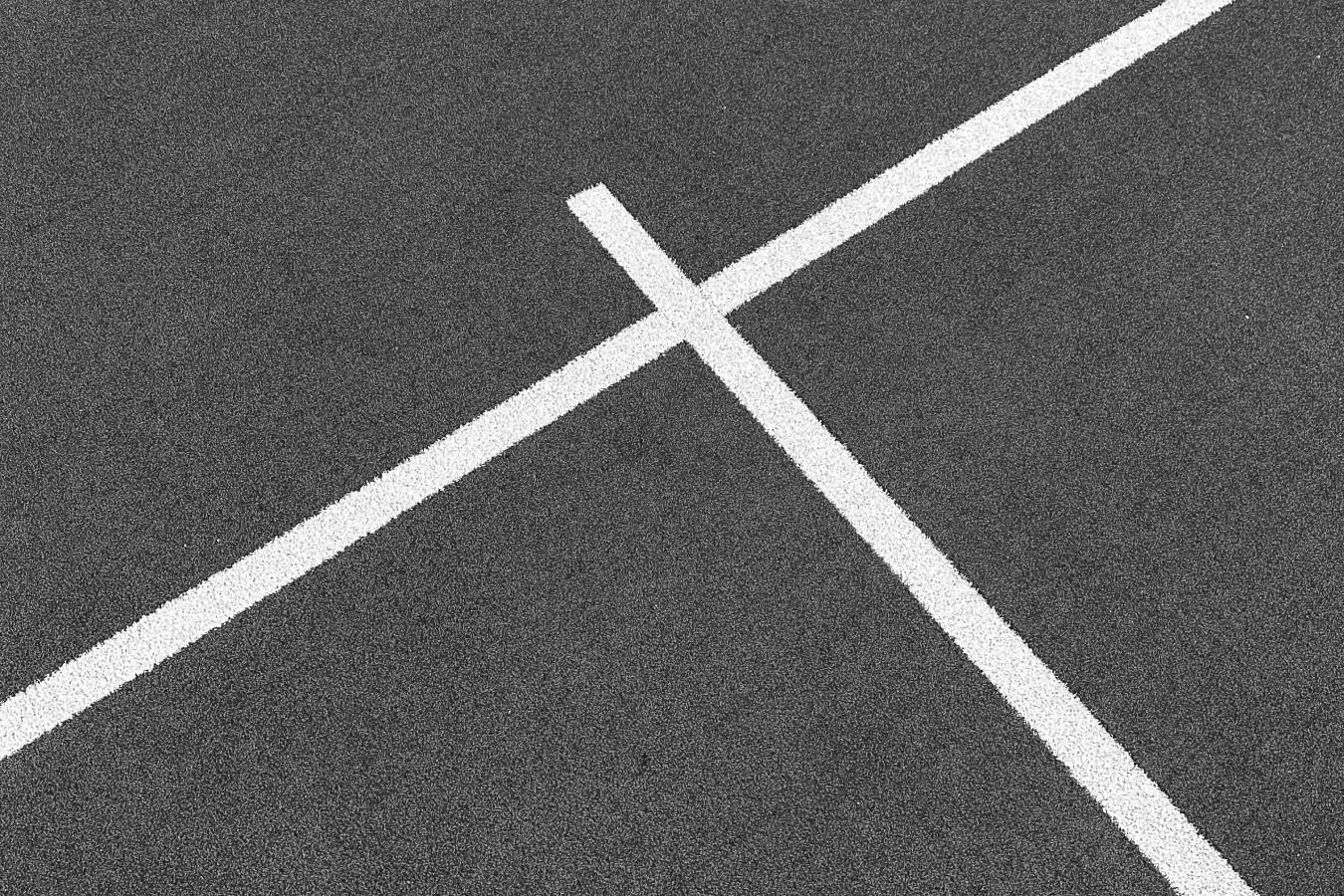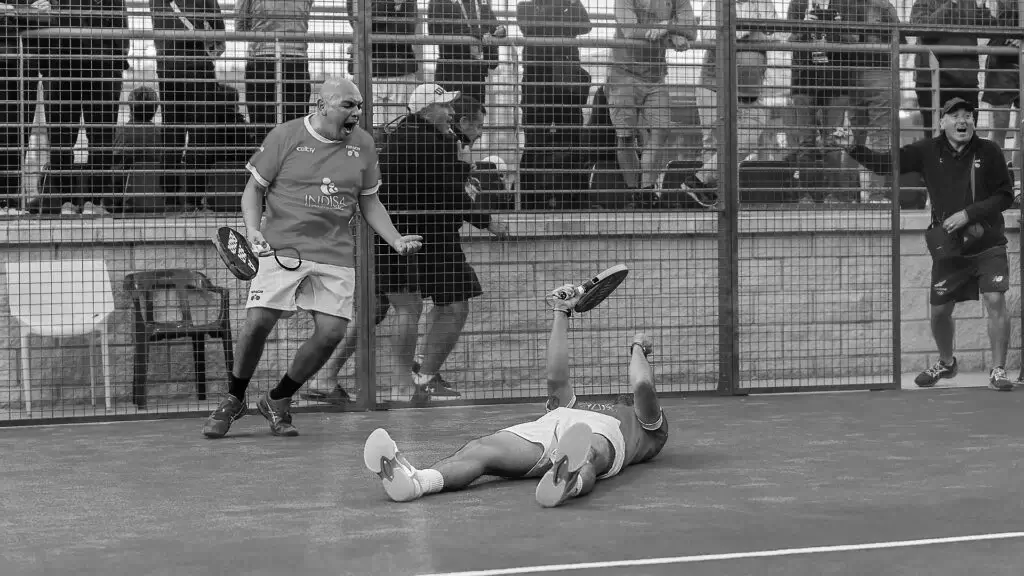What Should Be on My Padel Club Maintenance Checklist?
So, you’ve got a padel club—or maybe you’re just thinking about starting one—and you’re wondering how to keep it in pristine condition. Here’s the deal: padel courts are the heart and soul of your club. If they’re not properly maintained, your players will notice. And unhappy players? Well, that’s not great for business. So, let’s cut to the chase and answer the big question: What should be on your padel club maintenance checklist?
The Basics: What’s the Goal?
Maintenance is all about keeping your courts safe, functional, and fun to play on. It’s not rocket science, but it does require consistency. A clean, well-maintained padel club says, “We care about quality,” and trust me, players notice these things. It’s the difference between someone leaving a 5-star review and someone grumbling to their friends about how “meh” their experience was.

Step One: The Court Surface – Where the Magic Happens
Let’s start with the obvious: the court. This is where the action happens, where friendships are forged, and rivalries are born. A poorly maintained surface can ruin all of that. No one wants to play on a court where the ball bounce is unpredictable, or the turf feels like a sandbox.
- Daily Cleaning Is Non-Negotiable
Think about it: your courts are exposed to everything—dust, leaves, dirt, and even the odd forgotten snack wrapper. A quick daily sweep or use of a leaf blower keeps debris at bay. It’s like making your bed in the morning—it sets the tone for the day. - Brush the Turf Like You Mean It
If you’ve got artificial turf (which most padel courts do), the sand infill needs some love. Brushing the turf redistributes the sand, keeps the fibers standing tall, and ensures the ball bounces consistently. How often? At least once a week if your courts are busy, and more if they’re packed every day. - Deep Cleaning: The Spa Day for Courts
Every month or two, give your courts a deep clean. This involves pressure washing to remove the dirt and grime that regular cleaning can’t handle. But go easy—too much pressure can damage the turf. Think of it like exfoliating your skin: effective, but not too harsh.

Step Two: The Lines and Nets – The Unsung Heroes
You probably don’t think much about court lines until they start to fade. And the net? It’s just there, doing its job quietly—until it doesn’t. These little details matter more than you’d think.
- Keep Lines Visible
Faded lines are not just an eyesore—they mess with gameplay. Use high-quality paint that’s made for sports courts and touch up the lines whenever they start to fade. This is not the time to skimp. - Check the Net Regularly
A saggy or damaged net is a vibe killer. Check the net tension weekly, and inspect for wear and tear. Replacing a worn-out net is way cheaper than dealing with complaints from frustrated players.

Step Three: Walls and Fences – The Silent Guardians
Padel courts are enclosed, and those walls and fences? They do more than just keep the ball in play. They’re part of the game itself. That’s why they need to be in great shape.
- Clean the Glass Walls
Players will lean on the walls, sweat on them, and occasionally slam into them after a heroic shot. Glass walls need to be cleaned weekly to remove smudges and maintain visibility. Use a non-abrasive cleaner to avoid scratches. - Inspect the Fencing
The mesh or fence around the court keeps the ball (and players) where they belong. Check for rust, loose fittings, or any damage that could compromise safety. Fix issues as soon as you spot them.

Step Four: Lighting – Because Padel Isn’t Just a Daytime Thing
Good lighting can make or break the evening padel vibe. Dim or flickering lights are a no-go. Players want to see the ball clearly, no excuses.
- Inspect Bulbs and Fixtures
Check your lights regularly—at least once a month. Replace burnt-out bulbs immediately, and clean the fixtures to maximize brightness. - Upgrade to LED Lighting
If you’re still using halogen lights, it’s time to join the 21st century. LEDs are more energy-efficient, last longer, and provide better visibility.

Step Five: General Club Maintenance – The Bigger Picture
Your padel club is more than just courts. It’s a whole experience, and every detail matters. Think about the areas around the court, the clubhouse, and even the parking lot.
- Player Areas
Benches, seating areas, and locker rooms need to be clean and inviting. Nobody likes sitting on a dirty bench or walking into a locker room that smells like a gym sock convention. - Drainage and Water Management
This is a big one. Rain happens, and you need proper drainage to prevent puddles on the court. Check the drainage system regularly, especially during rainy seasons. - Pest Control
Bugs, birds, or even rodents can become an issue if you’re not proactive. Regular pest control keeps your club feeling fresh and clean.

Step Six: Equipment Maintenance – Because Little Things Matter
Rackets, balls, and other equipment might not technically be part of the court, but they’re part of the player experience. Worn-out balls or damaged rental rackets leave a bad impression.
- Inspect Rental Equipment
If you rent out rackets, make sure they’re in good condition. Replace grips and strings as needed. For balls, rotate them out when they lose their bounce. - Have Extras on Hand
Players forget things. Having spare balls, grips, or even towels can turn a potential complaint into a compliment.

Step Seven: Player Safety – Always a Priority
Your players’ safety should always come first. Injuries happen, but you can minimize the risk with proper maintenance.
- Non-Slip Surfaces
Make sure all walking areas, including the court edges, have non-slip surfaces. A player slipping on wet tiles isn’t just embarrassing—it’s dangerous. - First Aid Ready
Always have a stocked first-aid kit on hand. Better yet, train your staff in basic first aid so they can respond quickly to any on-court injuries.
Final Thoughts: It’s All About Consistency
Running a padel club isn’t just about building great courts—it’s about maintaining them. Regular maintenance not only keeps your players happy but also extends the lifespan of your facilities. Think of it as an investment in your club’s future.
Sure, it might feel like a lot at first. But once you get into a routine, it becomes second nature. And trust me, your players will thank you—probably not directly, because people don’t often say, “Wow, your court lines are so crisp!” But they’ll notice. And they’ll keep coming back.
Frequently Asked Questions About Padel Club Maintenance
How often should I clean my padel court?
Daily for basic cleaning, weekly for brushing the turf, and monthly for deep cleaning. Consistency is key.
What’s the best way to maintain artificial turf?
Brush it regularly to redistribute the sand infill and keep the fibers upright. Avoid harsh pressure washing to prevent damage.
Do I need special paint for court lines?
Yes, use high-quality paint designed for sports courts. It’s more durable and ensures the lines stay visible.
How can I improve lighting on my courts?
Switch to LED lighting. It’s brighter, more energy-efficient, and lasts longer than traditional halogen lights.
What’s the most common maintenance mistake?
Neglecting regular checks. Small issues like loose nets or clogged drainage can become big problems if ignored. Stay proactive!













